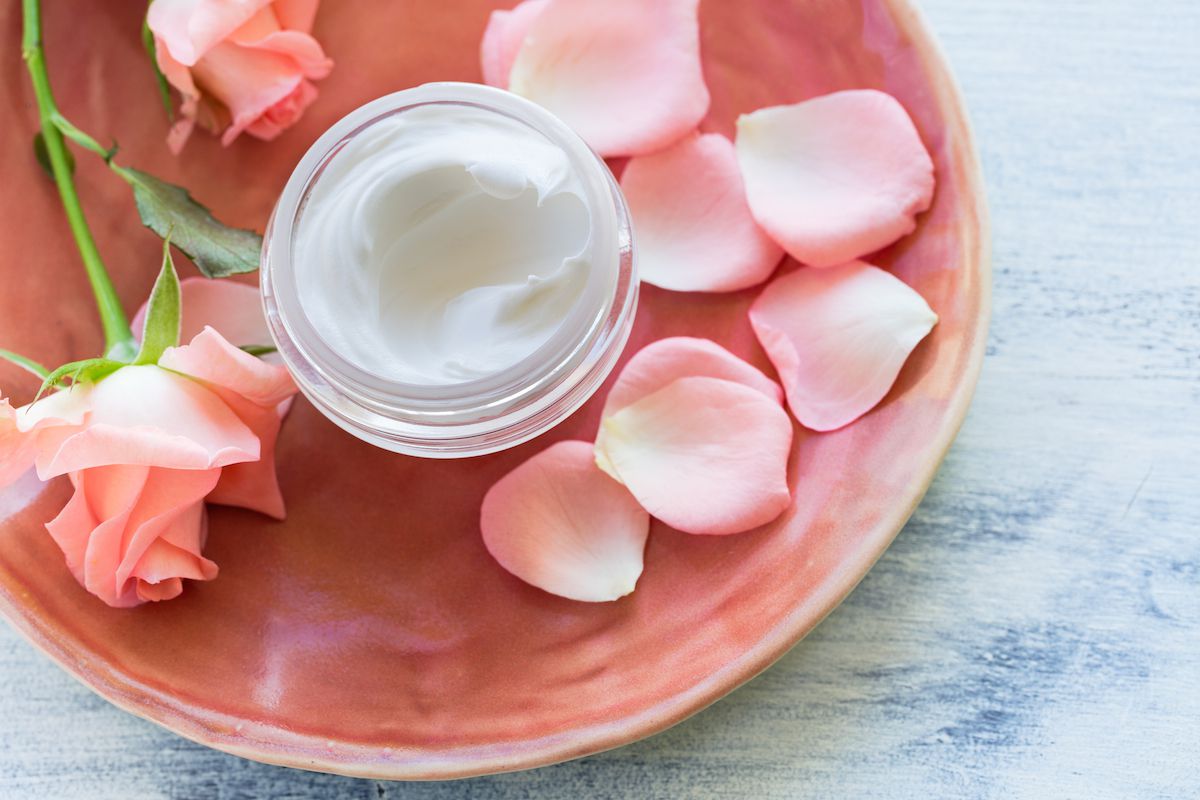Our skin has a hard time in autumn and winter. Low temps, frosty wind, lots of moisture outside and dry air in buildings – it’s a shock for the skin. Do you know how to care for the face skin in winter? Today, read about the ingredients of a good facial cream.
Some creams are made to reduce e.g. acne breakouts or correct the skin tone. There are also the ones that deliver the skin elasticity and protect from the sunlight to minimize the visibility of wrinkles. However, most of all, face creams match a skin type. After all, everyone needs a different kind of support – hydration, regeneration, etc. Summing up, first, you must get to know your skin type. Then, you can choose a perfect winter facial cream.
Discover your skin type
Each of us can have one of the four basic skin types – normal, oily, dry or combination. Each of them can be also more or less sensitive, as well as have additional problems e.g. red spider veins. Need more info? Here you are! A short cheat sheet:
- normal skin is smooth, elastic, properly moisturised, without open pores or red spider veins, it doesn’t need any special care;
- oily skin is often shiny due to too much sebum secretion, it has open pores and is prone to pimples and blackheads; it ages more slowly, though;
- dry skin ages most quickly, it’s visibly over-dried and you feel an unpleasant tightness, it’s easy to irritate and usually has dry patches;
- combination skin is the most common type. It has oily forehead, nose and chin whereas cheeks are dry. It may have different problems.
A face cream must be fit for the skin type and its needs. But there’s more to it as many other factors matter in the winter time. This leads to the long-time question: which cream is the best for winter?
A perfect cream for frosty days
Most of all, a good winter cream shouldn’t only protect against the frost and wind but also the sunlight. Don’t laugh cause sunblock isn’t important just in summer. Although the sunlight isn’t as strong as in the summertime, the sunrays bounce off the very light snow and reach the skin, being twice as powerful. We might not even feel it but the consequences are really bad.
Secondly, a winter facial cream must reinforce the natural protective lipid barrier of the epidermis. Due to the low temperature in winter, the skin produces less sebum so the protection is far weaker. The dryness is intensified by the warm air in rooms (house or office). You can keep water from escaping, using a good, lipid-replenishing cream.
Interestingly, a regular moisturiser isn’t a good choice. When the temp’s close to 0, the water – included in a moisturiser – may harm the skin every time the cold wind blows. That is why you must go for rich, lipid-replenishing products. However, a good face cream should also contain moisturising substances (different than water e.g. plant hydrolates).
Types of Facial Creams
We can assign most of the available creams into two groups:
- water-in-oil creams,
- oil-in-water creams.
In the first case, there’s much less water than fats e.g. vegetable oils. It’s a huge simplification; it means that water molecules are surrounded by fat molecules in such creams. It’s the other way round in the other type of creams in which water can make up even 80% of the composition. What’s the conclusion?
Rich, replenishing creams – water in oil – make the best choice. How do you recognize those? Such face creams have a thicker, greasier consistency and are harder to apply. They’re much better at protecting the skin against harsh winter weather conditions. If you can’t get the hang of the application, go for natural oils that are lighter and also strengthen the natural lipid coat.
What should a good winter facial cream include? As I’ve mentioned, the sunscreen is important. In winter, I love choosing creams with Shea butter or cocoa butter as those are amazing lipid-replenishing and natural ingredients. Obviously, it’s great if a product contains some extra natural oils e.g. argan, sweet almond or raspberry oil. Vitamins A, C and E come in useful, nourishing, repairing, strengthening blood vessels and preventing skin aging. Plus soothing and regenerating Allantoin and Panthenol – we have a quite good face cream, cut out for winter.
Which winter cream for which skin type?
To finish off, a short list of best winter creams matching the skin type. So we’re going back to the things I mentioned at the very beginning. A good face cream MUST be matching the type of our skin. No ifs, ands or buts.
- Dry & Normal Skin Winter Cream – a rich, lipid-replenishing product is an ideal solution, with lots of vegetable oils and butters, and wax that prevents dryness.
- Vascular Skin Winter Cream – combining a protective cream with the one that’s intended for vascular skin (it will reinforce blood vessels) makes the best choice.
- Oily & Combination Skin Winter Cream– I recommend a moisturiser for the night, and a mild, replenishing cream for the day because this skin type may go wild due to cold.
If you’re going skiing (highly likely in winter), get yourself a face cream with a higher SPF – 30 or 50. The sunlight is stronger in the mountains. A perfect ‘skiing’ cream has a rich formula and strong protection. A shiny face doesn’t matter when you’re skiing; you’ll come back home with a healthy skin after winter holidays.
I hope you’ll make use of my guidebook! 🙂

Leave a Reply